Post Date
June,
08
2020
 If you asked what the definition of Jeep Life is you would get a very different answer from every Jeeper. Jeep Life is unique to each Jeep owner.
If you asked what the definition of Jeep Life is you would get a very different answer from every Jeeper. Jeep Life is unique to each Jeep owner.  For me the meaning has changed over the years as I am experiencing different aspects of the life from daily driver to weekend warrior to extreme wheeling to light wheeling from mud to sand and rocks to modifications and upgrades.
For me the meaning has changed over the years as I am experiencing different aspects of the life from daily driver to weekend warrior to extreme wheeling to light wheeling from mud to sand and rocks to modifications and upgrades. My Jeep Life has now turned into #camperlife #overlanding. However, I still love those rocky trails. A great app essential to Neil and I is I-overlander. We are all about free.
 Campgrounds and hotels can get pricey when you are traveling a lot. I-overlander works great if you are camping in your Jeep or have a camper.
Campgrounds and hotels can get pricey when you are traveling a lot. I-overlander works great if you are camping in your Jeep or have a camper.  The app is a group effort by you and others to share those “secrets” of the cool spots you find. It will show you spots others have used for dispersed camping on public lands such as BLM and National Forest.
The app is a group effort by you and others to share those “secrets” of the cool spots you find. It will show you spots others have used for dispersed camping on public lands such as BLM and National Forest.  Dispersed Camping is the term used for camping anywhere in the National Forest OUTSIDE of a designated campground. There are no services; such as trash removal, and little or no facilities; such as tables and fire pits, are provided.
Dispersed Camping is the term used for camping anywhere in the National Forest OUTSIDE of a designated campground. There are no services; such as trash removal, and little or no facilities; such as tables and fire pits, are provided. Some popular dispersed camping areas may have toilets. Generally, overnight camping is NOT allowed at trailheads, picnic areas, day-use parking areas or any other areas that don't allow overnight parking. When using a dispersed camping area, the general rule is to be a minimum of at least 100-200 feet away from any road, trail or water source.
You need to be aware if you are in a National Forest or National Park. They are two totally different places. Typically you can’t disperse camp in National Parks. They have specified campgrounds and usually have fees.
You can also disperse camp on BLM lands which are west of the Mississippi: Alaska, Arizona, California, Colorado, Idaho, Montana, Nevada, New Mexico, Oregon, Utah, Washington and Wyoming.
The ioverlander app also shares local fee based campgrounds, “boondocking” spots and places to get water.
Boondocking is camping without any hookups outside developed campgrounds. It can also mean dry camping and off grid camping. Typically it’s in Trucker Gas Stations, Walmart parking lots, Cracker Barrel parking lots. On our way to Kingman Arizona it was getting late and there were no places to spend the night. So we pulled over in a gas station and popped up our camper and went to sleep.
In the Mojave Desert you can camp off the main road. I call them “off shoots”. You can tell these are off shoots because they look well traveled and some spots have “fire rings” from previous campers.
Just don’t go making your own off shoot. After awhile you get the hang of it. Mojave Road is a great getaway to learn all this.
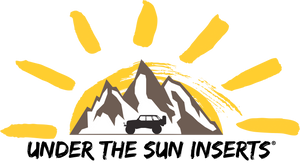

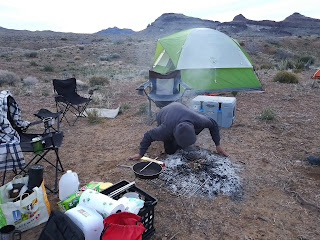
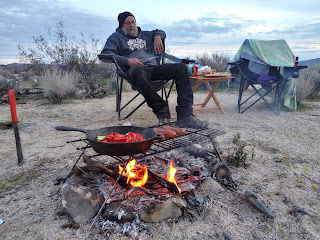

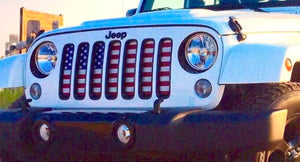
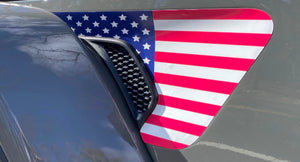
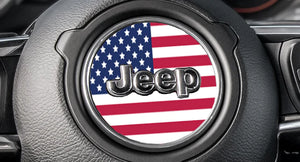
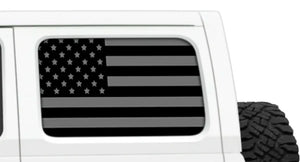
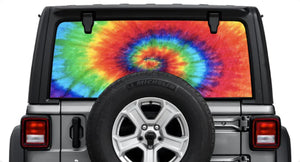
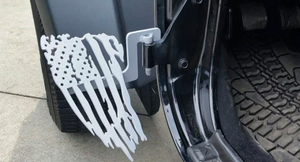
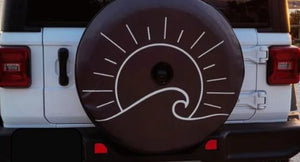
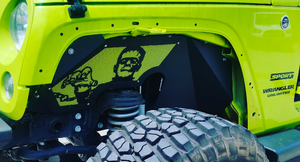
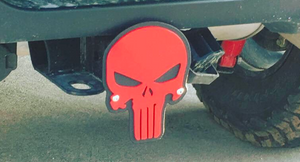
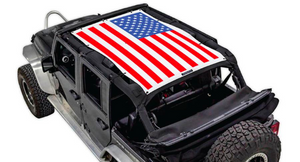
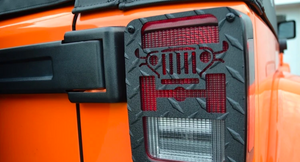
Leave a comment